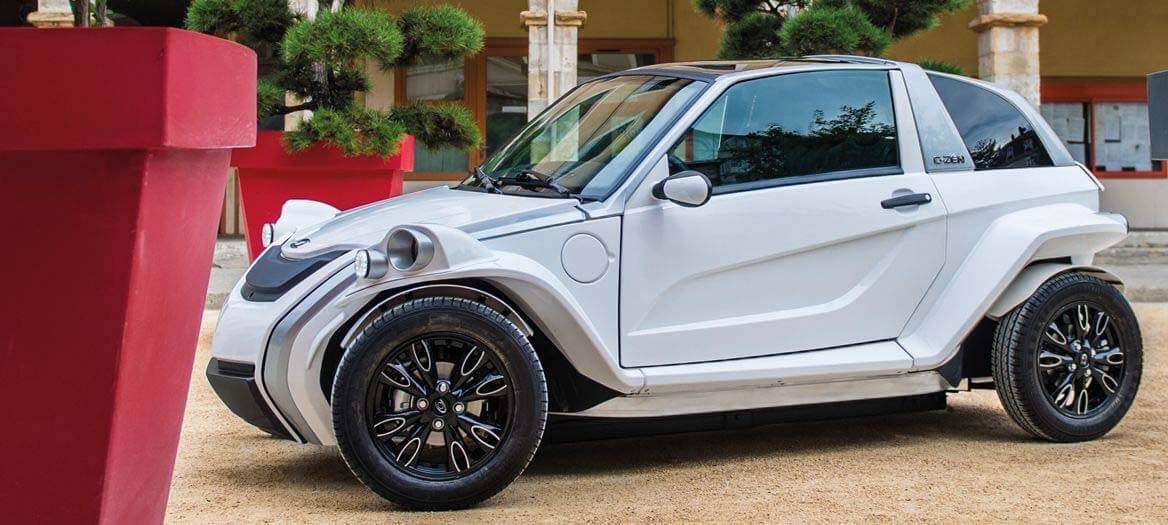Anything but quiet: Electric cars are to get "loud"

Admittedly, it is a little bizarre. For decades people have been complaining that road traffic is too loud and moaning that it causes a huge amount of stress on the streets. And now, thanks to electromobility, when virtually noiseless cars are traveling on our streets, that isn't right either. So the plan is to make electric cars louder! But what seems to be a paradox results from a scenario that has to be taken seriously.
It is a well-known fact that electric cars drive along quietly. This can turn into a real problem in street traffic, especially when these cars travel at low speeds because they can barely be heard by pedestrians and cyclists. So for this reason, electric cars in the EU can no longer drive noiselessly from 2019 onwards: By July 1, 2019 electric cars and hybrid vehicles have to emit an acoustic warning signal when driving at a speed of under 20 km/h and when reversing. This is a new ruling stipulated by the EU. At higher speeds, their tyre/road noise emissions then become so loud that electric cars can be heard without the need for an artificial vehicle alerting signal.
The EU and USA want "loud" electric cars
Systems in electric cars which emit a warning tone when the cars are traveling at low speeds are called "AVAS" (Acoustic Vehicle Alerting System). In line with plans of the EU Parliament, this warning tone is to recreate the noise of a car of the same class, but one which is powered by an internal combustion engine. An example of this warning sound can be heard on the Website of the United Nations Economic Commission for Europe.
The problem associated with road safety in the case of silent electric cars is well-known around the world. In the USA, the question of artificial electric car sounds has been addressed since 2010. Nevertheless it took eight years before the U.S. Department of Transportation succeeded in passing new legislation in February 2018: From September 2020 "quiet" vehicles, i.e. hybrid cars and electric cars, must emit a warning sound when they travel at speeds below 30 km/h in an attempt to prevent accidents involving pedestrians, cyclists and blind persons. But already by September 2019, i.e. one year earlier, vehicle manufacturers will be obliged to offer such systems in 50 percent of their electric cars.
And this is how "AVAS systems" work
So how do these so-called AVAS systems really operate? Hugo Fastl, Professor holding the chair for Human-Machine Communication at the Technical University of Munich (TUM), explains how it works: "First of all we have a basic noise to which we can allocate a tonal pitch. It is difficult to emit very low frequencies. So in order to achieve this, the loudspeakers on the car have to be very big." But because many older people can no longer perceive high frequencies, AVAS systems operate in the medium frequency range.
According to Professor Fastl, the tonal pitch plays a special role in the proceedings. This means that by adjusting the tonal pitch, people can sense more intuitively whether the vehicle is accelerating or braking.
And incidentally, it is not inevitable that the warning signals emitted by electric cars will increase traffic noise levels. Prof. Fastl suggests the linking up of these signals with cutting-edge driver assistance systems: "The amount of cars coming onto the market equipped with automatic pedestrian recognition is constantly rising. So our idea is that warning noises should only be emitted from an electric vehicle when a pedestrian is registered as being in its vicinity."
For further details on the subject of driver assistance systems, please visit here

